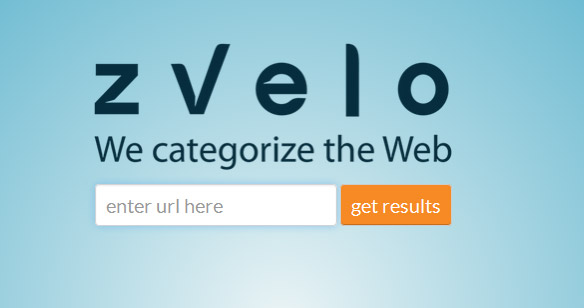
zvelo’s URL checker featured on the homepage of zvelo.com
The URL checker found on the zvelo.com homepage, previously known as the “Test-a-site” tool, serves to demo various contextual categorizations about URLs that can be derived by licensing zvelo contextual categorization and malicious website detection services. When queried, the URL checker yields a sample of data sets stored within the zvelo URL database, via an intuitive GUI, that technology vendors within the ad tech, data analytics, network security, web filtering and other markets can integrate into their own offerings via a cloud API or a local SDK.
zvelo services and the datasets they yield can help enhance or can serve as the foundation for a number of real-world applications, like cleaning up ad network inventory, providing context to web pages to enable more accurate ad targeting, detecting adult content to help ensure child-safe web experiences, in addition to detecting malware or websites used for phishing, fraud and online scams. More specifically, the data sets have even helped launch a close captioning service, allowed for parental controls features within child-friendly Android tablets, and have protected a major airline’s passengers from the dark side of the Web while in mid-flight over the ocean. The use cases are quite diverse and endless.
Following are brief descriptions of each of the contextual data sets that the zvelo URL checker yields. This is only a small sample.
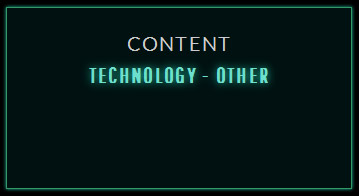 zveloDB Category data set of “Technology – Other” for LifeHacker.com | ContentThe zvelo V4 Content data set consists of ~500 content categories. This highly granular data set is suitable for a variety of use cases where highly granular content categories are required such as within data analytics offerings, contextual targeting solutions for online advertising, web filtering, and many more. The URL checker yielded the “Technology – Other” category value (image 1) for the sample domain LifeHacker.com. |
|---|---|
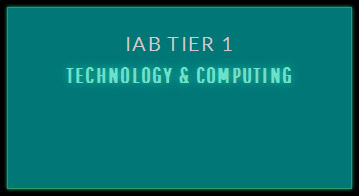 The IAB Tier 1 data set within the zveloDB of “Technology & Computing” for LifeHacker.com | IAB Tier 1The IAB (Internet Advertising Bureau) data sets are based on the IAB Quality Assurance Guidelines 2.0. The IAB Tier 1 data set consists of 25 categories. The IAB data sets are suitable for those use cases where IAB QAG 2.0 compliance is required and can be used individually or together. Shown in image 2, is the “Technology & Computing” category value that the URL checker yielded for sample website LifeHacker.com. |
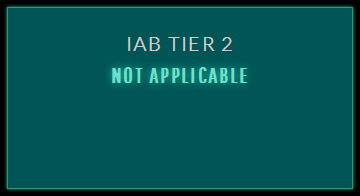 The IAB Tier 2 data set within the zveloDB of “Not Applicable” for LifeHacker.com | IAB Tier 2The IAB Tier 2 data set (image 3) is more granular, and consists of about 371 categories. The IAB Tier 1 and IAB Tier 2 data sets are often used together. In the case of LifeHacker.com, the URL checkers yielded a result of “Not Applicable,” which means that no direct IAB Tier 2 category matched the context of that domain. |
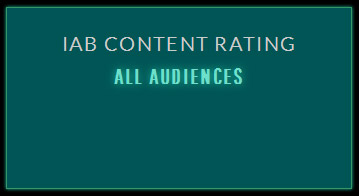 The IAB Content Rating data set within the zveloDB of “All Audiences” for LifeHacker.com | IAB Content RatingThe IAB Content Rating data set is based on age ratings (image 4) and includes the following categories: All Audiences, Everyone over 12, and Mature Audiences. For LifeHacker.com, the URL checker yielded “All Audiences.” |
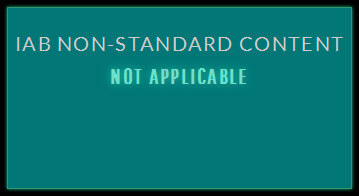 The IAB Non-Standard Content data set within the zveloDB of “Not Applicable” for LifeHacker.com | IAB Non-Standard ContentThe IAB Non-standard content data set (image 5) includes the following categories: Extreme Graphic/Explicit Violence, Pornography, Profane Content, Hate Content, Under Construction, Incentivized, and Unmoderated UGC. The URL checker’s “Not Applicable” result means that the content on LifeHacker.com did not match the criteria of any of these categories. |
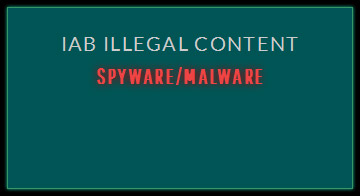 The IAB Ilegal Content data set within the zveloDB of “Spyware/Malware” for a malicious website detected. | IAB Illegal ContentThe IAB Illegal Content data set (image 6) includes the following categories: Illegal Content, Warez, Spyware/Malware, and Copyright Infringement. In this example, the URL checker effectively detected a malicious URL when queried with a value of “Spyware/Malware.” |
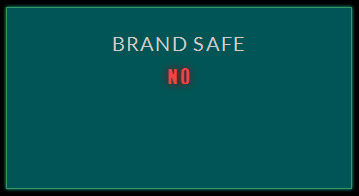 zvelo’s Brand Safe data set within the zveloDB URL database with a value of “No” due to spyware/malware detected on a malicious website. | Brand SafeThe Brand Safe data set (image 7) is used to determine if a given URL is brand safe or not. The value that the URL checker returns will either be “Yes” or “No.” This data set is suitable for helping ad networks and exchanges with determining if web pages used for ad placements are brand safe, and other similar use cases tied to the online advertising ecosystem. |
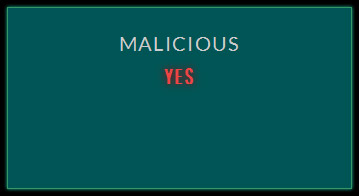 zvelo’s Malicious data set within the zveloDB URL database with a value of “Yes” due to spyware/malware detected on a malicious website. | MaliciousThe Malicious data set (image 8) is used to determine if a given URL has malicious content or not, or if it’s used to proliferate malware, viruses, fraud, scams and other web threats. The value returned will either be “Yes” or “No.” This data set is suitable for Network Security and similar use cases. |
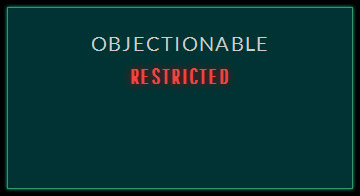 zvelo’s Objectionable data set within the zveloDB URL database with a value of “Restricted” due to inappropriate content detected on a malicious website. | ObjectionableThe Objectionable data set (image 9) is based on age ratings and includes the following categories: All Audiences, Everyone over 12, Mature Audiences and Restricted. zvelo also added a “Not Applicable” category to the URL checker for those cases where there is not an exact match. This data set is suitable for use in Parental Controls and similar use cases. |





